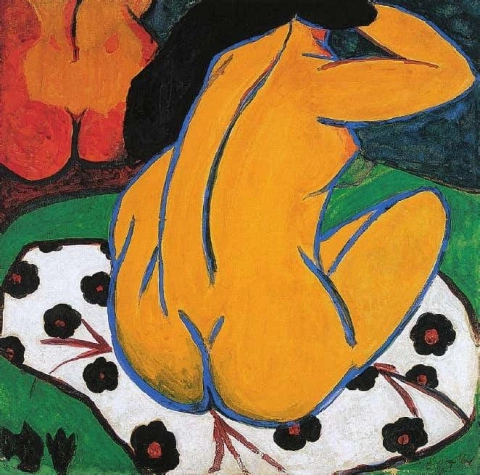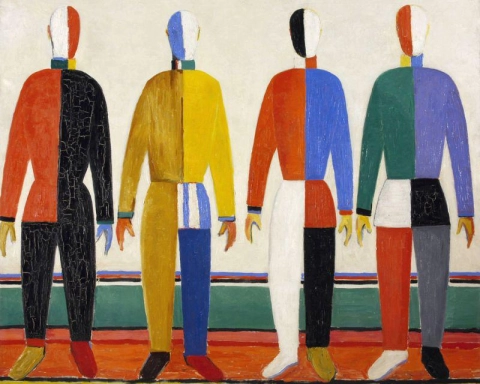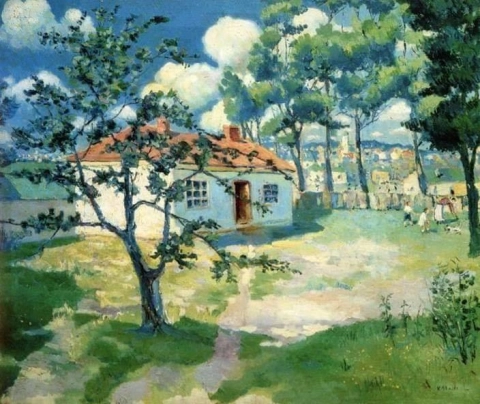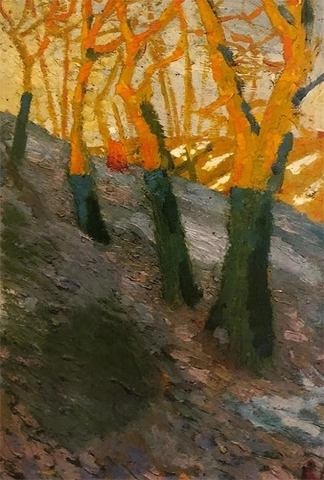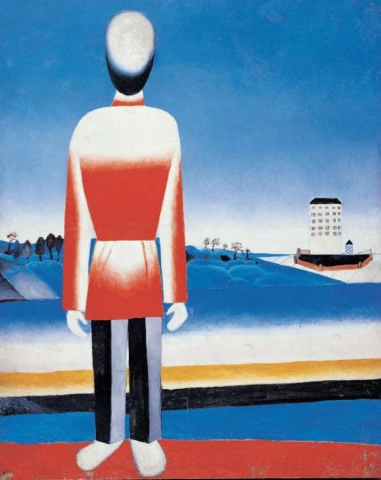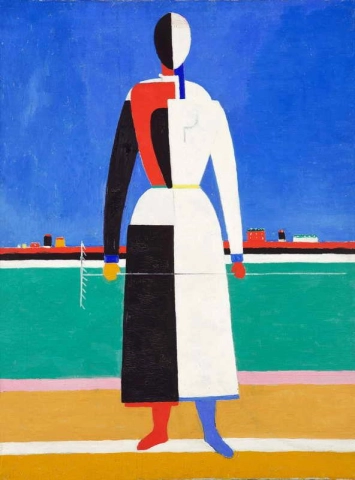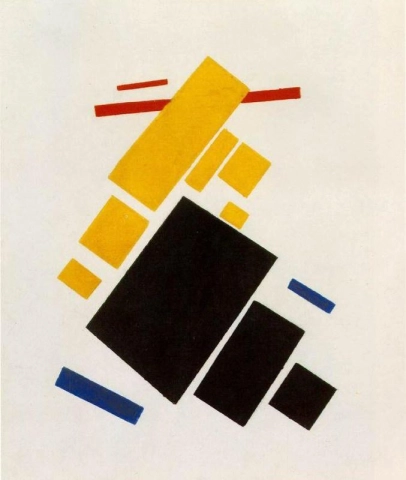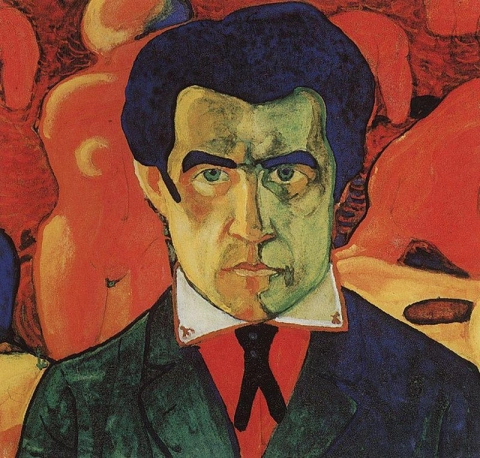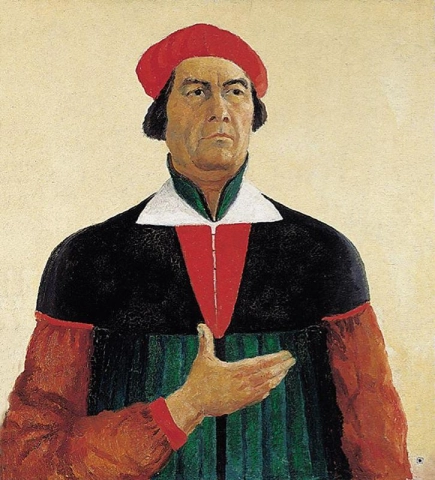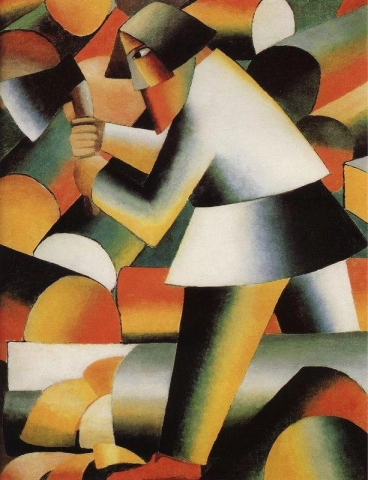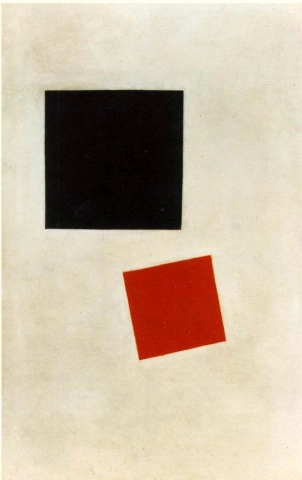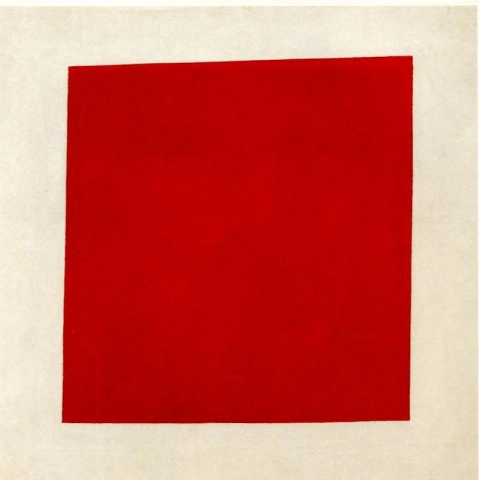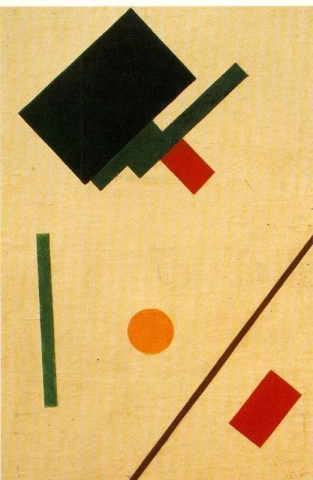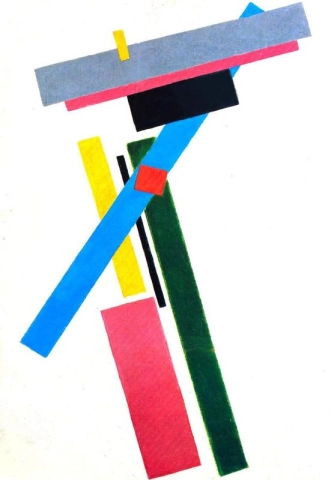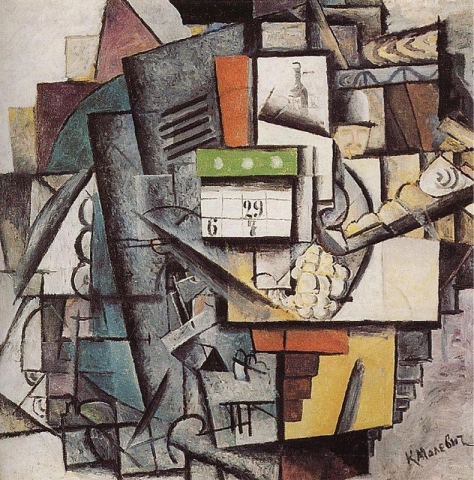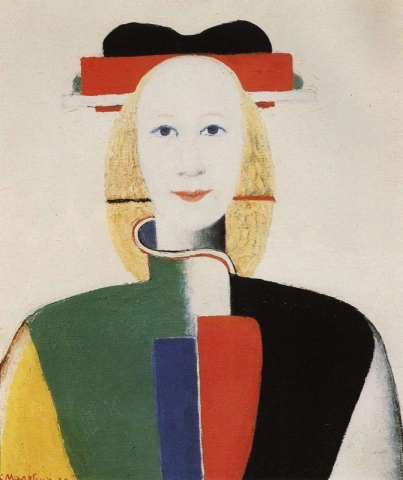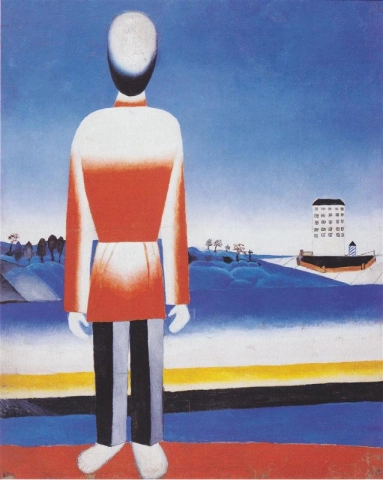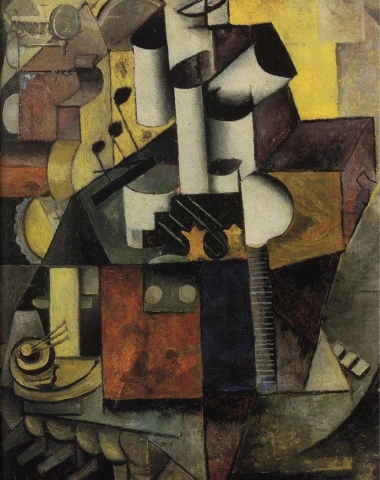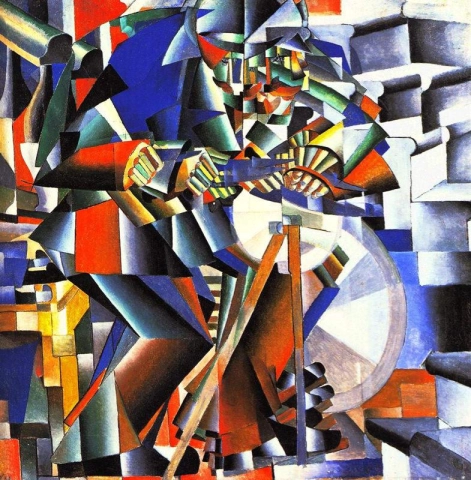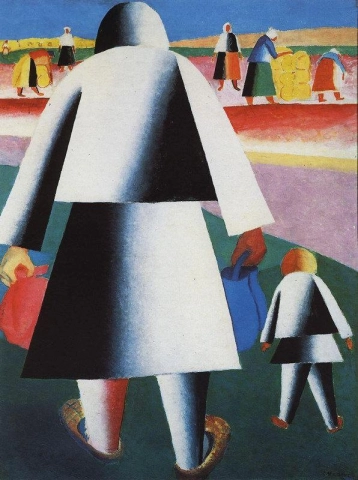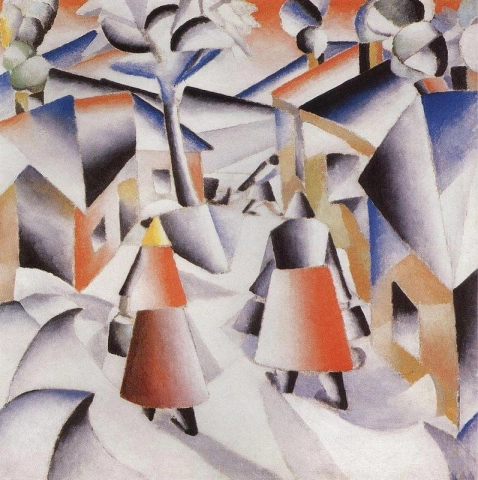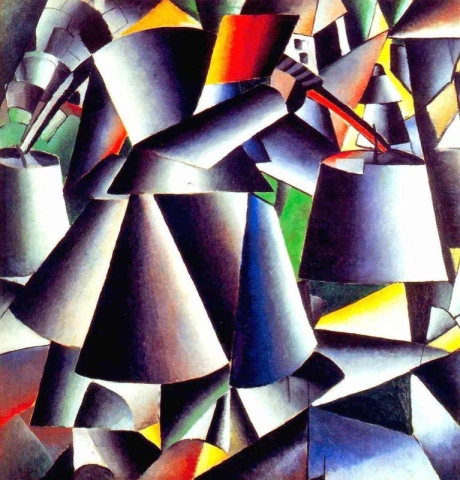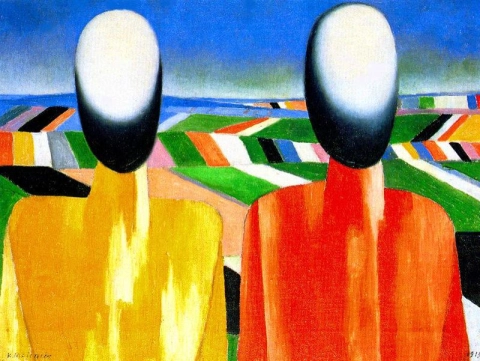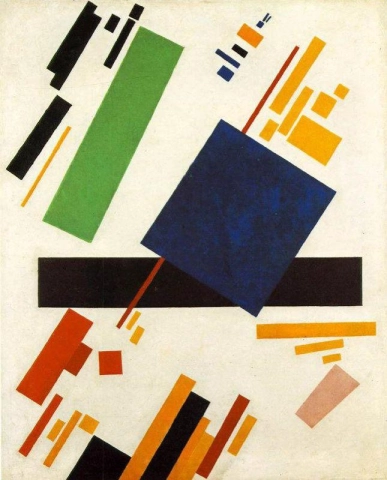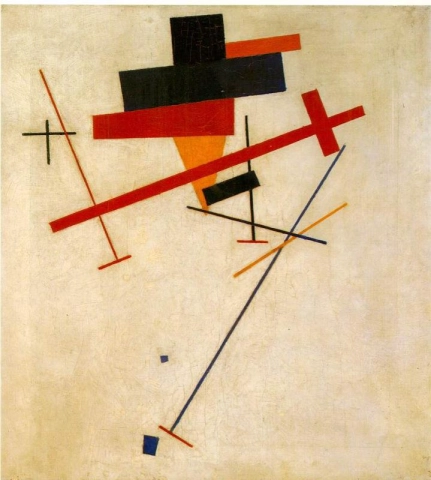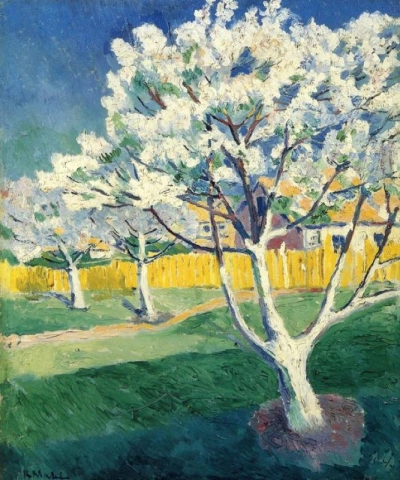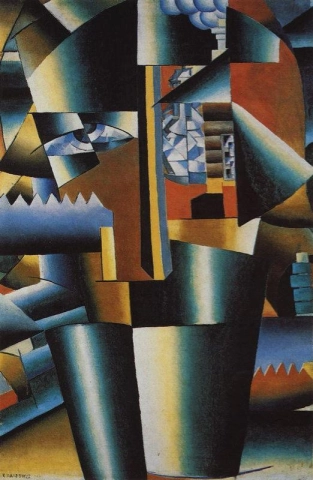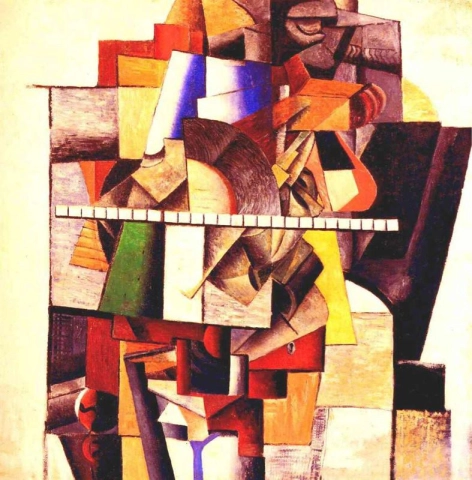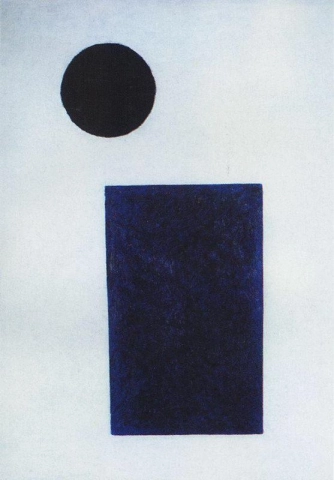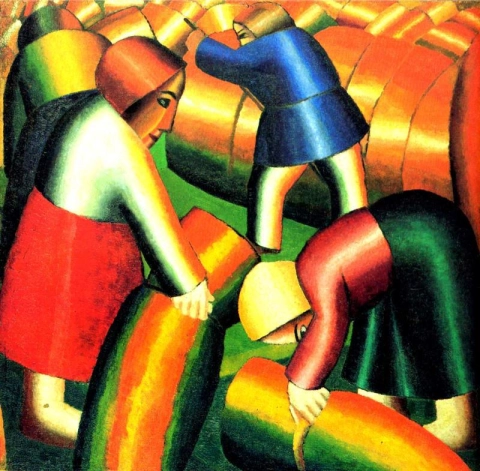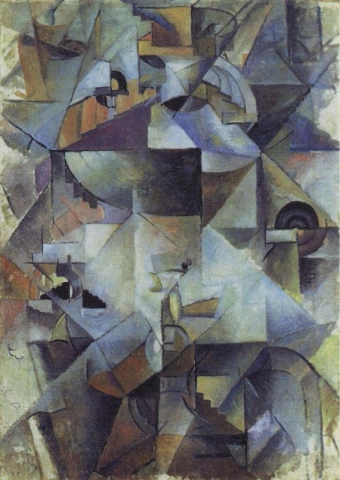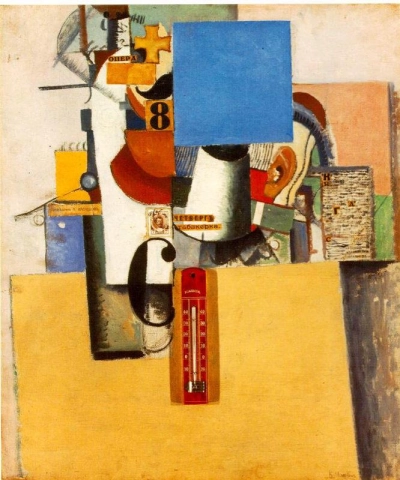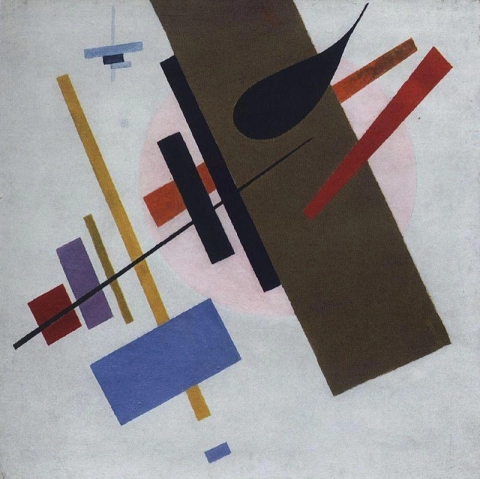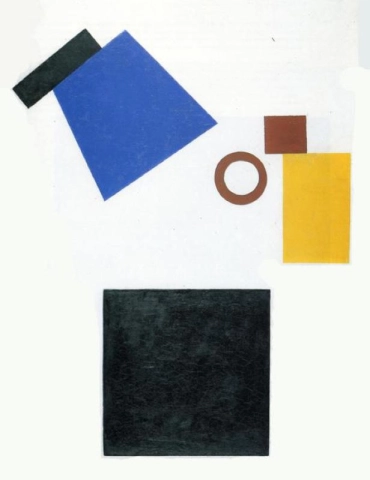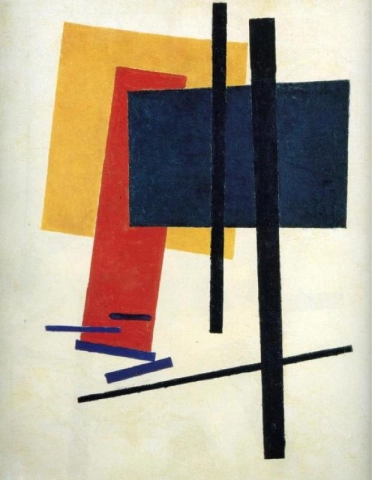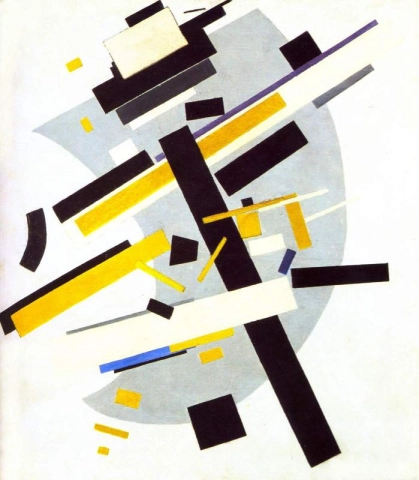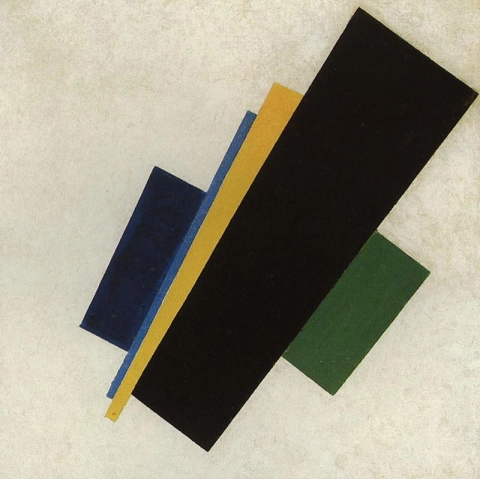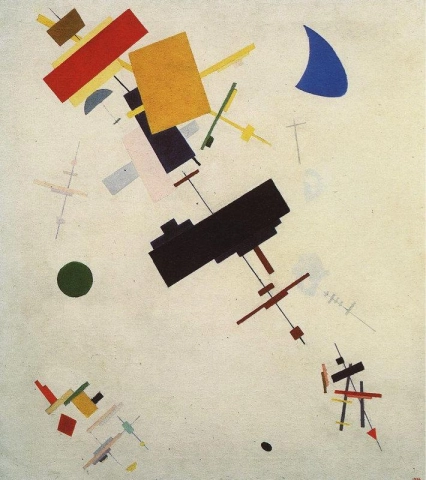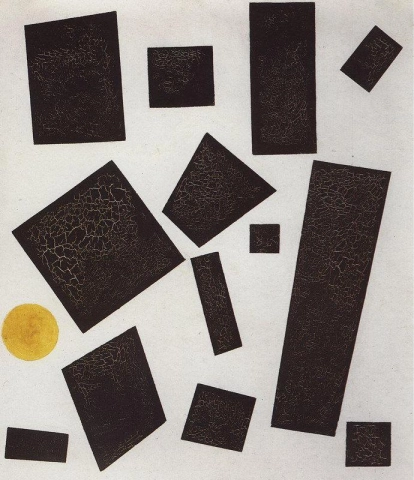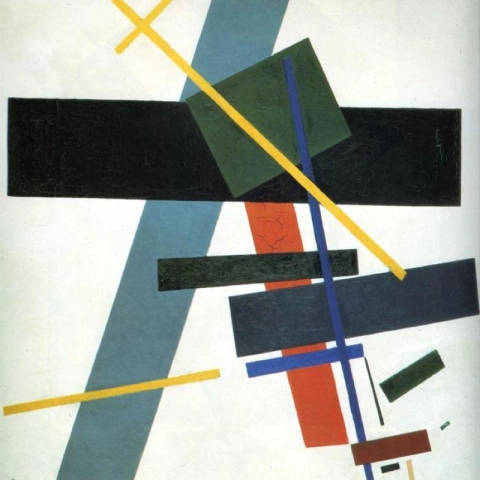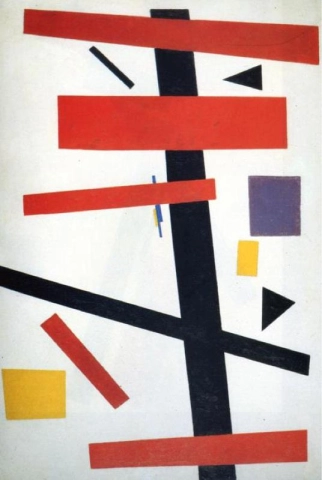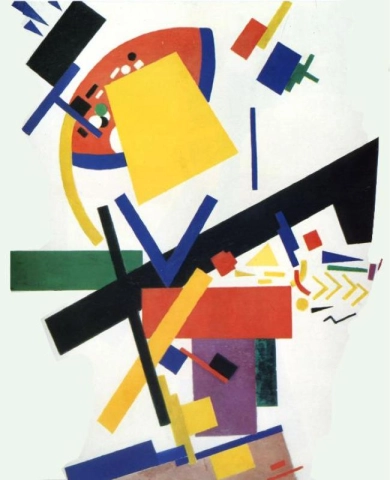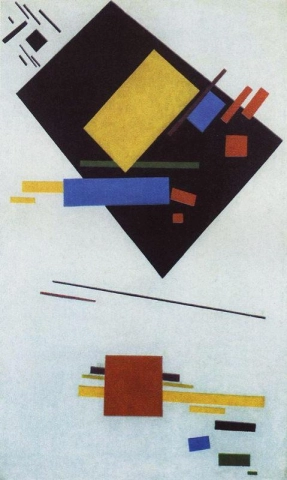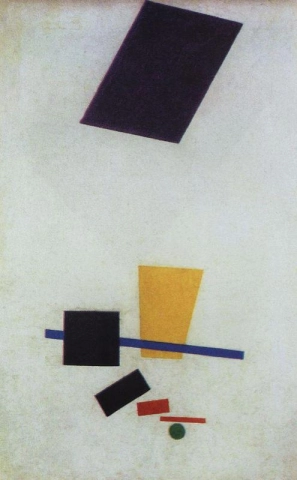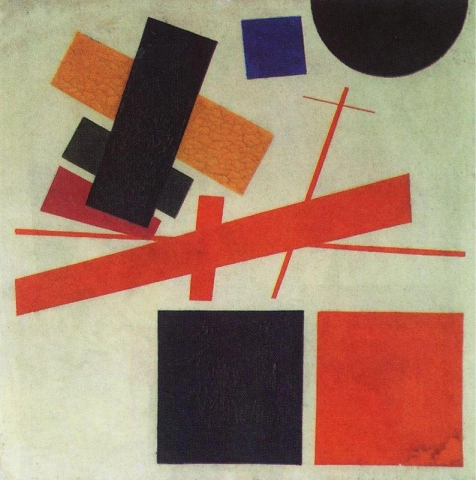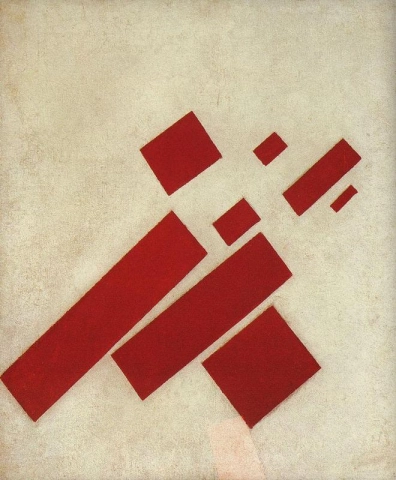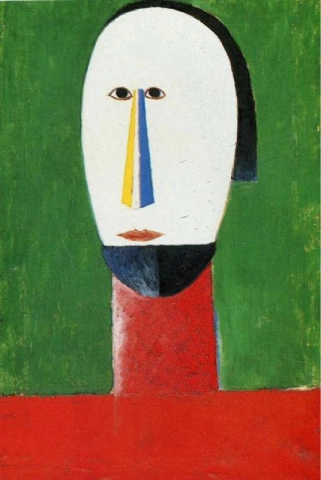Hand-painted painting reproductions - Artists - Kazimir Malewitsch
Welcome to the world of Kazimir Malewitsch!
At POD we are passionate about reproducing high quality oil paintings. We use meticulous technique and artisanal know-how to recreate works of art that will take you on a journey to the heart of Kazimir Malewitsch's creation.Imagine owning an original work of art by Kazimir Malewitsch, one of the greatest artists in history. At POD we offer you the opportunity to make this dream come true. We reproduce Kazimir Malewitsch's works down to the smallest detail, so you can enjoy them in your own home.
Our reproductions are made by experienced artists who use the best materials and techniques. We are dedicated to providing you with the highest quality works of art, which will bring joy and inspiration to your family for generations.
Biography
Kazimir Malevich (1879–1935) was a pioneering Russian artist and a leading figure in the development of abstract art. Born near Kiev in what is now Ukraine, Malevich's artistic journey unfolded during a tumultuous period in Russian history marked by political upheavals and avant-garde artistic experimentation.Malevich initially studied art in Kiev before moving to Moscow, where he became associated with the Russian avant-garde movement. His early works were influenced by Symbolism and Cubo-Futurism, but he would soon break away from these influences, leading to the creation of one of the most revolutionary art movements of the 20th century: Suprematism.
In 1915, Malevich introduced Suprematism through his manifesto "From Cubism to Suprematism," declaring a radical departure from representational art. Suprematism aimed to liberate art from the constraints of the material world and explore the pure language of geometric shapes, particularly the square, circle, and cross. Malevich's iconic painting "Black Square" (1915), considered a manifesto in itself, became a symbol of this new artistic direction.
Malevich's Suprematist compositions were characterized by their simplicity, geometric precision, and use of primary colors. His works sought to evoke spiritual and cosmic dimensions beyond the visible world. In addition to painting, Malevich explored Suprematist ideas in sculpture, architecture, and even stage design.
The Russian Revolution of 1917 brought a period of experimentation and collaboration for Malevich. He became involved in educational and artistic initiatives, contributing to the development of an avant-garde art language that would reflect the aspirations of the new Soviet state. However, as the Soviet government became more conservative in its artistic policies, Malevich faced censorship, and his avant-garde ideas fell out of official favor.
In the later years of his life, Malevich's work evolved, incorporating representational elements and returning to more traditional forms. However, his legacy remains firmly rooted in the radical innovation of Suprematism and its lasting impact on the trajectory of modern art.
Kazimir Malevich's contribution to the development of abstract art and his role in shaping the avant-garde movement in Russia have left an indelible mark on art history. His fearless exploration of form, color, and space continues to influence generations of artists, and his legacy endures as a testament to the transformative power of artistic vision and innovation.
